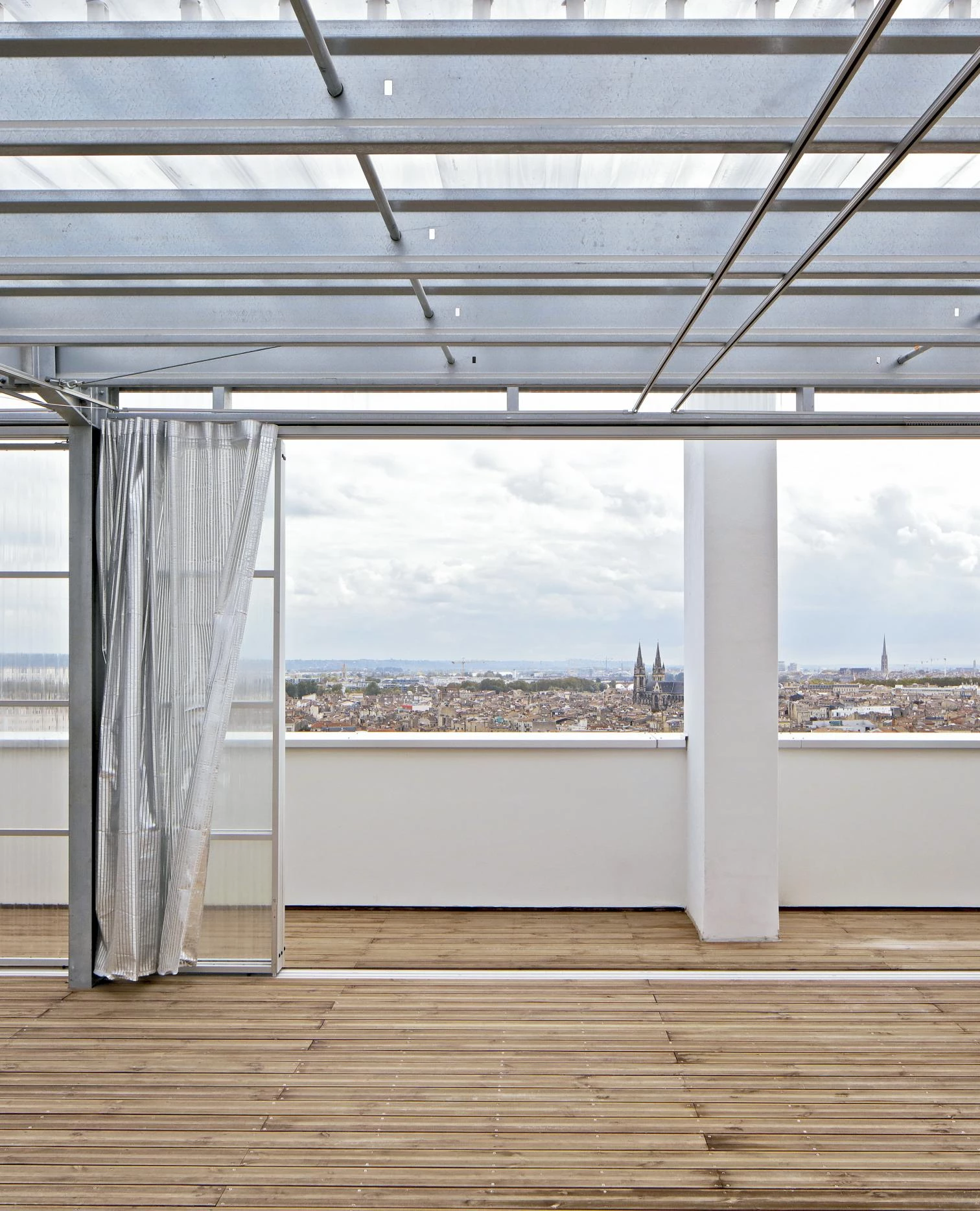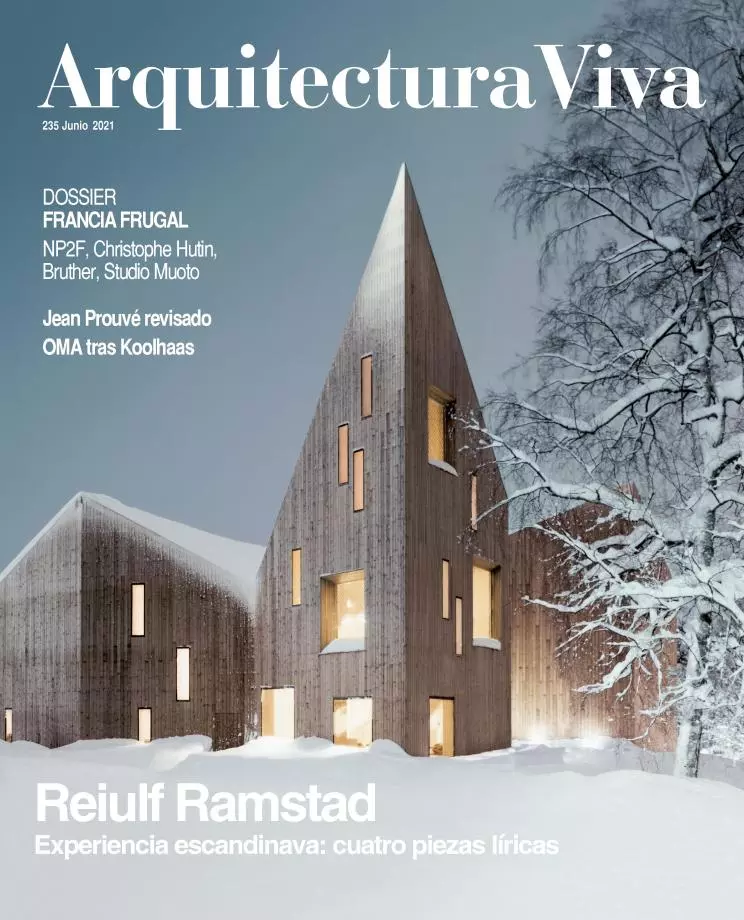New Architecture in France

LAN, 79 viviendas sociales, Bègles
One of the features of the modern legacy – the legacy that nourishes our architecture and which we have yet to regard with the necessary impartiality – was the vituperation of rhetoric. In other words: the search for a ‘minor’ tone to apply to the social, technical, and economic context of the period, without stridencies and excesses. A minor tone used in the course of the 20th century in a multiplicity of ways, from the radical asceticism of the Swiss Hannes Meyer to the elegant minimalism of the Spaniard Alejandro de la Sota, and now being updated with as many variations, from the mystic minimalism of the British partnership Caruso St John to the austere radicalism of the Italian Pier Vittorio Aureli, of course along the way passing through the poetic of Lacaton & Vassal: a poetic which, following the critic François Chaslin, we have called ‘frugal.’
Frugal in different senses. First we mean discreet architecture, of the kind that does not lord over the city in the manner of an icon, yet whose minor tone does not prevent it from being ambitious in its typological and aesthetic explorations. Second, architecture at the service of the environment in both current usages of the word, having to do with energy and atmosphere. Third, architecture that is open and flexible, that does not impose on the user, and that in the best tradition of futurism makes obsolescence one of its main points.
We find all the foregoing in the oeuvre of Lacaton & Vassal and in the projects of younger studios in France that have pursued the path paved by the new Pritzker laureates. Together they represent a coherent, consolidated movement that rises above the two characteristic (and conflicting) levels of French architecture: that of the corporate professionalism of anonymous firms, and that of the star system composed of figures like Jean Nouvel and Dominique Perrault.
Arquitectura Viva presents the ‘frugal school’ through the four projects and practices selected for this dossier. In the National Center for Circus Arts in Châlons-en-Champagne, NP2F appropriates the stylistic strokes and material quality typical of factory architecture to raise a building that is radical in its typological flexibility. In the Archeodunum Archeologic Research Center, Christophe Hutin creates an environnement where architecture and landscape are intertwined in a ‘povero-industrial’ language that strikes a contrast with the objects contained in the building. In the New Generation Research Center in Caen, Bruther delivers an architecture that comes across as compact and discreet but is highly ambitious environmentally and urbanistically. Finally, in a building for the Université Paris-Saclay campus, Studio Muoto has completed a multipurpose facility defined by its drastic transparency and its powerful structure.

Lacaton & Vassal, 530 viviendas sociales, Burdeos





